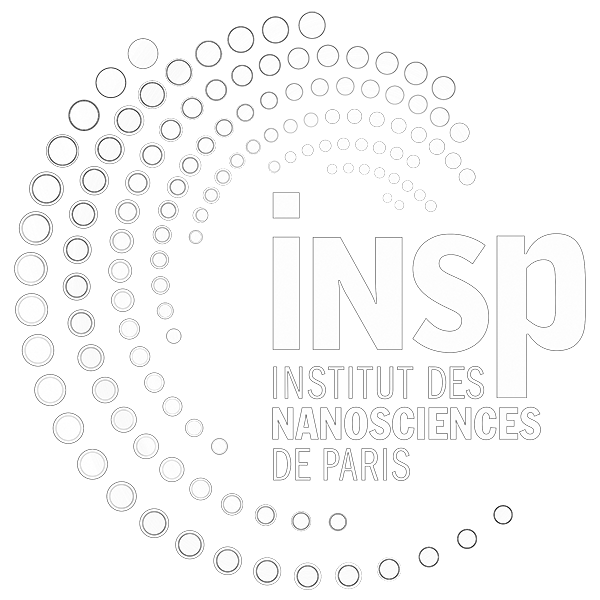Charge carrier dynamics in ZnO nanopowders: influence of oxygen vacancy charge states probed by femtosecond transient absorption spectroscopy
Contact : levy@insp.jussieu.fr and slavica.stankic@insp.jussieu.fr
Tutelle : INSP
Mots clés : Croissance – Organisation – Interfaces, Experimental, et Stage M2
Gratification : Oui
Page des stages de(s) l'équipe(s) : Oxydes en basses dimensions
Description du stage
Scientific description: Zinc oxide (ZnO) is a wide–bandgap (3.37 eV) n-type semiconductor whose optical and catalytic properties are largely governed by intrinsic point defects. Among them, oxygen vacancies (V₀) play a central role, existing under various charge states (V₀⁰, V₀⁺, V₀²⁺) whose relative populations depend on the synthesis atmosphere and oxygen partial pressure [1,2] which can be identified by their respective emission line measured by photoluminescence (PL) [2]. On the theoretical side, it has been shown by non-adiabatic molecular dynamics that both V₀⁺ and V₀²⁺ extend hot-electron lifetimes by acting as trap-assisted recombination centers [3].
The proposed internship aims to experimentally explore the influence of the vacancy charge state on hot-electron relaxation dynamics, using femtosecond transient absorption spectroscopy (TAS) on the SUMO ultrafast laser platform at INSP. This exploratory stage will: (1) establish a reproducible protocol for sample preparation suitable for TAS measurements from ZnO nanopowders synthesized by glove box combustion (GBC); (2) develop a deposition method ensuring optically homogeneous films of controlled powder thickness on transparent substrates; (3) perform UV–Vis spectroscopy and PL characterizations to correlate optical absorption edges and PL emission bands with defect charge states; (4) conduct first TAS feasibility measurements (pump ≈ 340 nm, probe ≈ 1.3 µm) to compare electron relaxation dynamics for differently reduced/oxidized ZnO samples. This first step will assess the impact of V₀ charge states on hot-electron lifetimes, in direct connection with the published theoretical predictions [3], and define the most promising preparation routes for subsequent systematic studies.
[1] M. Zhang et al., J. Phys. Chem. C 124, 12696 (2020).[2] M. Zhang et al., Nanoscale 11, 5102 (2019).
[3] Y. Yang et al., J. Phys. Chem. Lett. 15, 1 (2024).Techniques/methods in use: Synthesis of ultrapure ZnO nanopowders, UV–Vis and photoluminescence spectroscopy, femtosecond transient absorption spectroscopy (pump–probe).
Applicant skills: Solid background in condensed-matter or solid-state physics, interest in optical spectroscopy and semiconductor defects. Motivation for experimental work in ultrafast spectroscopy and nanomaterials preparation.

